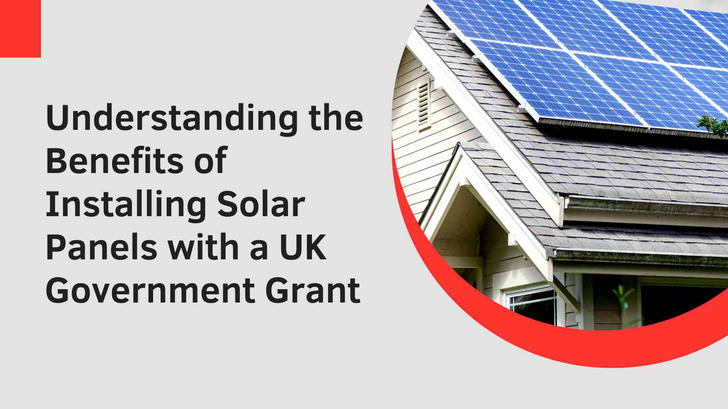UK Government Solar Panel Subsidies: How to Afford Your Solar Power System?
As energy prices continue to rise, many UK households are turning to solar panels to reduce costs and achieve energy independence. To make this switch more affordable, the UK government has introduced a series of subsidies and grants that significantly reduce the cost of installation.

Government Grants & Financial Aid Programs
The UK government has rolled out several schemes to make solar panel installations more affordable and accessible:
ECO4 (Energy Company Obligation 4): Running until March 2026, ECO4 helps low-income and vulnerable households, particularly those with low EPC ratings (D–G), by providing grants that may fully cover solar panel installations when partnered with energy suppliers.
Warm Homes Plan: Starting in 2025 with a £3.4 billion budget extending through 2028, this £30,000-per-home program offers grants towards energy upgrades (including solar) for low-income households.
Solar Together: A group-buying scheme operated via local authorities, offering average savings of 30–35% by purchasing solar systems collectively.
Smart Export Guarantee (SEG): Introduced in 2020, SEG requires energy suppliers to pay households for electricity exported back to the grid—typically 15p per kWh—creating an ongoing income stream for solar users.
0% VAT on Solar Installations: Until 2027, solar panels and batteries qualify for VAT exemption, directly reducing installation costs by up to £400.
Additional Support Measures & Local Schemes
Warm Homes Grant & Local Authority Flexibility: Local councils may extend ECO4 eligibility criteria (ECO4 LA Flex) to more households, even those not on traditional benefits, based on income thresholds.
Regional Schemes: Homeowners may receive additional, area-specific grants or loans through local initiatives or provider-led programs such as those found with SunGift Solar or Deege Solar.
Upcoming New-build Requirements: By 2027, most new homes in England will be required to include solar panels and low-carbon systems under the upcoming "Future Homes Standard."
Why These Subsidies Matter
These incentives are strategic, as solar adoption in the UK has grown rapidly:
UK solar capacity reached 18.9 GW in 2025, accounting for 5% of annual electricity production and peaking at over 30% during sunny days.
Households can save more than £1,000 per year on energy bills. The typical payback time for a residential solar installation ranges from 6 to 14 years.
How to Apply and Prepare
To make the most of these offers:
Check your property’s EPC rating—only those rated D or lower may qualify for certain schemes.
Households must meet certain eligibility criteria, such as income thresholds or receiving relevant benefits, especially for ECO4 or Warm Homes Plan.
Some programs are delivered via local authorities, so check your council’s website or speak to an installer.
Even if you don’t qualify for grants, the chain of incentives (VAT exemption + SEG) still reduces upfront and ongoing costs significantly.
🏁 Final Thoughts
With escalating energy costs and strong policy support, 2025 represents a pivotal moment for UK homeowners to transition to solar power. Grants like ECO4 and the Warm Homes Plan—combined with VAT exemptions and export revenue—can substantially reduce the financial barrier. The UK’s solar capacity surge illustrates both opportunity and urgency. If you’re exploring solar adoption, now is the ideal time to assess eligibility and secure one of these valuable government-backed incentives.
